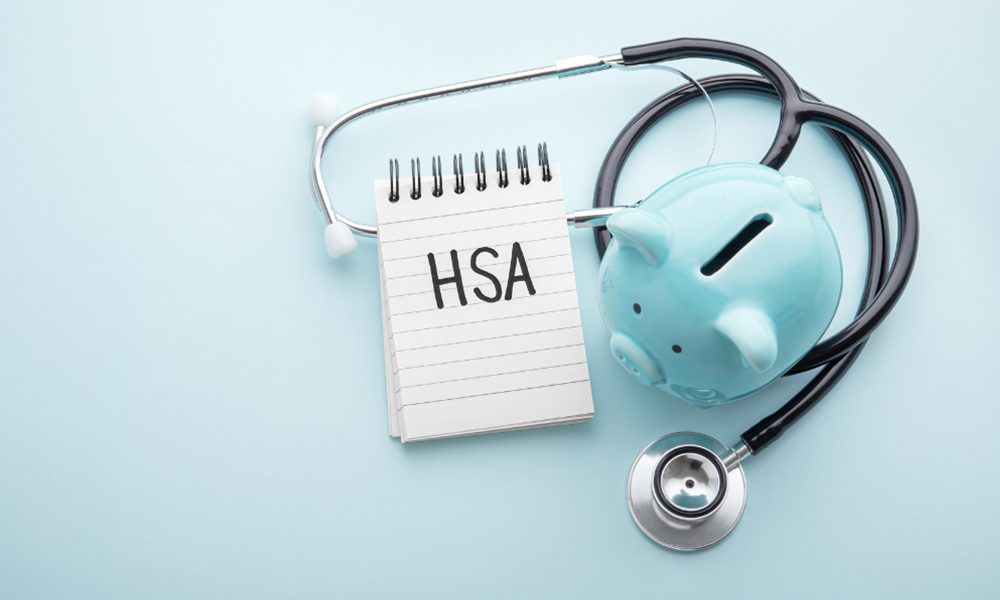
Medical costs continue to climb, health insurance premiums are volatile, and unemployment is a hot topic. Whether this trend lasts the remainder of the year or another five years, it will eventually end.
When that time comes, the companies left standing will be those that have prepared for the future. Now is the time to double down on your vision and revisit the core values that helped shape your organization. Manage the circumstances on hand but manifest a better tomorrow. Dream.
I just returned from a family trip to Walt Disney World, and I took a picture of this quote while at Magic Kingdom.
“You can design and create and build the most wonderful place in the world. But it takes people to make the dream a reality.” – Walt Disney
I’m not certain what the employee benefits package at Walt Disney World looks like, but it is apparent that the cast members are taken care of. They feel secure and valued. For the remainder of this article, I will focus on the use of a health savings account (HSA) as a long-term benefit to give employees a sense of stability, and in return perhaps they will bring some of that Disney magic to your organization.
The Convergence of Health And Wealth
For all of us, benefits are a big deal. They help protect us from illness and bankruptcy. As we continue to navigate the pandemic, the convergence of health and wealth is upon us, and financial wellness is top-of-mind. An HSA is one financial tool that people are taking advantage of in increasing numbers.
For many organizations, the path to an HSA can be challenging. This product needs to be paired with a qualified high deductible health plan (QHDHP). While making this transition, it is common for employees to feel like you are stripping away the first dollar coverage that a traditional health plan includes.
A QHDHP looks and feels different. It is essential to spend the time on the front end to make sure your employees fully understand the plan design of a QHDHP as well as the perks associated with an HSA.
What is an HSA?
An HSA is a tax-advantaged savings account. HSAs were created in 2003 to provide individuals who have HDHPs with a tax-preferred method of saving money for medical expenses. The account is controlled by the employee. If the funds within the HSA are not used, they will continue to grow. The HSA fund is tax-deductible, compounds tax-free interest, and is tax-free to withdraw for medical bills. In 2022, you can contribute up to $3,600 for self-only coverage and up to $7,300 if you have your family on your health plan. In addition, people ages 55 to 64 can make $1,000 “catch-up” contributions to their accounts.
The logic behind the HSA/HDHP arrangement is that people will have a clearer idea of their medical costs and more control over their spending, enabling them to reduce their medical costs.
Taking Ownership of Your Health Habits
Consumer-driven financial tools like HSAs encourage individuals and families to better manage health expenditures. Since they are paired with a QHDHP, and those types of plans typically do not include traditional copays for office visits or a prescription drug card, the way an individual consumes healthcare changes. There becomes a focus on making healthier lifestyle choices and putting away the funds needed for when a health event does occur. The most successful HSA programs often involve employer contributions in the early years. If employers contribute seed money to HSAs or offer a match contribution, it provides an incentive to get the employees to start putting funds away for future use. Ideally, this money would come from premium savings at the employer level.
The Investment Power of an HSA
In recent years the product has continued to evolve. Now, an HSA can be invested in the market just like a 401k, with tax-free interest. There are many different online or traditional banks that offer this service.
Think of an HSA as a “health IRA.” When you turn 65 those funds will act like a traditional IRA. However, you were able to enjoy the tax-free contribution, tax-free growth, and tax-free distributions out. Completely tax-free money!
With that being said, many people are not aware that they can invest the money in their HSA. Most industry experts project that less than 10% of HSA accounts nationwide have at least part of their HSA assets invested. The opportunity for long-term growth in these funds is exponential.
Set Your Strategy
For many organizations, there is merit in playing the long game and going down this path. A savings account that encourages participants to put away money, make better lifestyle choices, and become better consumers of health care is extremely valuable. In addition, it is now also considered a wealth building tactic with its investment upside.
As with any change, there may be a few challenges along the way. However, it can be incredibly beneficial to your team, impactful to your bottom line, and a powerful wealth-building tool to those who get started!
Written by: Ty Burke
Read more blog posts by Ty Burke
